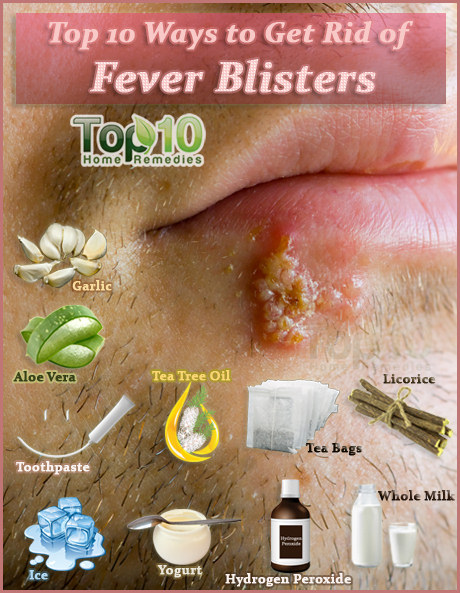Table of Content
Fever is a sign that your body is fighting an infection or illness. Learn the signs of fever, what causes fever, how doctors diagnose fever, and what you can do to treat fever. Fever is the reaction of your body to fight off bacterial or viral infections. A bacterial infection needs antibiotics whereas a viral one is usually self-limiting i.e., it resolves without treatment. While fevers themselves aren’t dangerous, sometimes the underlying cause can be. Young infants are more likely than older children to have a cause for their fever that requires treatment.
For babies, use a nasal aspirator to suck mucus out. Clearing excess mucus out of the nose is a fast way to make breathing more comfortable, especially before eating, breastfeeding, or bottle-feeding young children. Also called a “nonproductive cough,” it doesn’t produce mucus or phlegm. Don't let go of the thermometer while it's inside your baby. If your baby squirms, the thermometer could go deeper and cause an injury. Bacterial disorders or stomach infections like diarrhea, dysentery, gastroenteritis, food poisoning, etc.
Tips to Reduce Fever Naturally
Both plants tulsi and pepper have good properties to reduce fever. Fever is caused due to the aggravation of doshas in our body. Fever may occur as a result of infection due to external injury, insect bite, food poisoning, and other bacterial fungi. Keep in mind that fever can also be a symptom of many diseases such as malaria, tuberculosis, measles bronchitis, pleurisy, jaundice or even flu. Moringa is a tropical plant that has a variety of nutritional and medicinal benefits.

Read the label carefully for proper dosage, and be careful not to take more than one medication containing acetaminophen, such as some cough and cold medicines. Call the doctor if the fever doesn't respond to the medication, is consistently 103 F (39.4 C) or higher, or lasts longer than three days. To lower your child’s fever naturally, bathe them in lukewarm water, which will help reduce their body temperature. You can also place cool, damp washcloths on your child’s forehead or wrists to temporarily reduce the fever. While your child has the fever, encourage them to rest in bed or on the sofa, and keep them home from school so they can use their energy to recover. Make sure they dress in light cotton clothing, which will help heat escape from their body.
Home Remedies to Treat Your Toddler’s Fever
When your child is awake, make sure he or she has a comfortable, supportive pillow to rest his or her head on. By registering, you agree to receive additional communications regarding product information, promotions, newsletters and surveys from our site. If you choose to register with a social provider, certain information will be shared by your social provider with our site. Your child's fever repeatedly rises to above 104° F. When rubbed on the skin it produces a soothing effect, however, rubbing alcohol causes shivering and may cause a toxic reaction when absorbed through the skin. Inhaling alcohol fumes can cause alcohol poisoning or irritation.

A moderate fever is not a matter of great concern, as this is how the body activates the defence mechanism against infection. Usually, a toddler can easily handle a body temperature up to 100 degrees. Most often, such a mild fever can be dealt with using home remedies. If your toddler has a moderate fever, there are some effective home remedies you can try to treat it. Also included among the best home remedies for fever in toddlers is the herb turmeric. In addition, turmeric is anti-inflammatory and works in a manner similar to over-the-counter fever and pain reliever drugs, but without the harmful side effects.
Symptoms & Signs
Cover your mouth when you cough and your nose when you sneeze,and teach your children to do likewise. Whenever possible, turn away from others when coughing or sneezing to avoid passing germs along to them. You have a fever when your temperature rises above its normal range. What's normal for you may be a little higher or lower than the average normal temperature of 98.6 F . Aspirin, for adults only.Don't give aspirin to children, because it may trigger a rare, but potentially fatal, disorder known as Reye's syndrome. If you call your doctor, report the actual number on the thermometer and where on the body you took the temperature.
Try sponging your baby down with lukewarm water. (Water temperature should feel warm, but not hot, to the touch on your inner arm.) Maintain constant supervision during bathing to ensure water safety. A fever is a common sign of illness, but that's not necessarily a bad thing.
Administer the appropriate amount, which is determined based on the age and weight of the child. Medicating fever is something you should do only when needed to make the child more comfortable or to bring down a high fever that can cause serious complications. Onion is an integral part of the Indian kitchen, but did you know that it also has the medicinal values to reduce a fever? Onions are believed to bring down the temperature gradually. Chamomile tea is one of the best natural remedies for fever in a toddler.

Show your children how to wash their hands thoroughly,covering both the front and back of each hand with soap and rinsing completely under running water. The axillary temperature is slightly lower than an oral temperature. These home based remedies are meant for those of you, when you know, as a matter of fact, the key reasons that have led to a temperature shoot-up.
If you’re too nauseated to drink, you can suck on ice. For variety, freeze diluted fruit juice in an ice-cube tray. You’re sweaty and uncomfortable, so it only makes sense to find yourself searching online for tips on how to break a fever.
Raisins are a rich source of antioxidants and have antibacterial properties. They can help in fighting against infections, and lowering the temperature. Bring some water to boil and soak chamomile tea leaves in it for about a minute. Add honey to it and feed a few drops of it to your child, twice a day. Stay on top of providing fluids to your child every 15 to 20 minutes.
Feed your child with this liquid twice daily and watch the fever go down. At times you may find yourself in a dilemma of whether to take your child to a doctor or not when the temperature is mild. On top of that, you may have to wake up in the middle of the night to console your baby if she is crying or in discomfort due to fever.

Use the sponge or cloth to dampen the skin around the forehead, the back of the neck, the armpits, hands, feet and groin areas. Saturate a washcloth or sponge in cool tap water and wring out any excess. You can bump up the potency by adding ½ tsp of either ginger or turmeric as well. Boil 20 fresh basil leaves in 1 cup of water until the liquid is reduced by half.
When to Seek Medical Care
You should be able to see a decrease in their overall temperature over the next couple of hours with this method. Strain out the seeds, reserving the infused water, and have your child sip the strained water throughout the day. You can use this remedy several times throughout the day or night. This remedy can be used several times throughout the day or night.

No comments:
Post a Comment